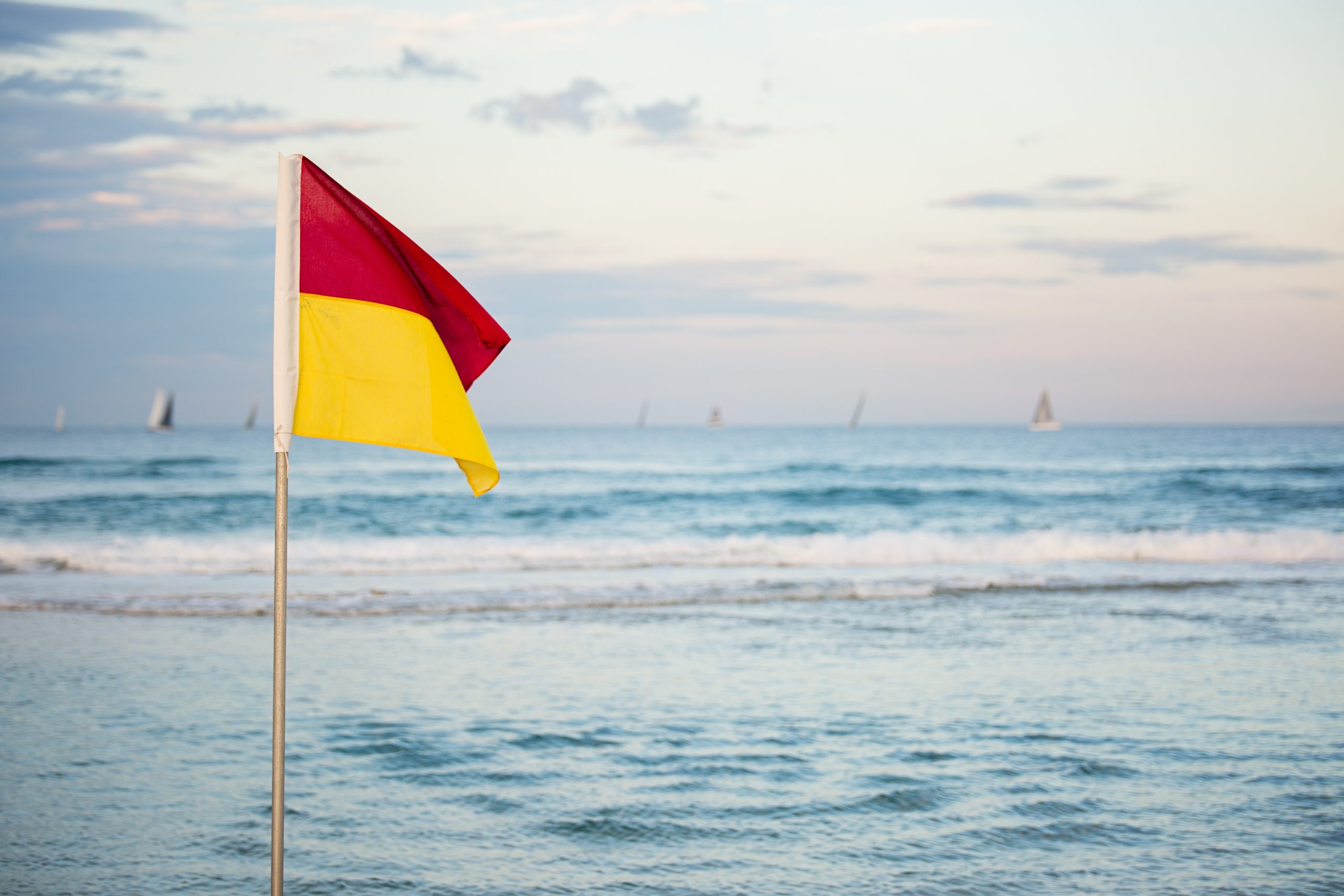Summer is almost here, and what better way to enjoy the gorgeous weather than to spend carefree days at the local beach, pool, river or lake? Swimming is fun, relaxing and great exercise, but swimmers need to be vigilant when they are in the water. Unfortunately, 291 people drowned in Australian pools, beaches and waterways last year, with 685 near-drowning incidents. For this reason, learning essential water safety skills, and taking precautions around water are vital to having a fun, safe summer swim season.
Take swimming lessons!
Basic swimming training is critical to water safety; it goes without saying that swimming lessons are critical for people spending time in or around water at the beach, pool, rivers and lakes. Drowning in the backyard pool is eight times more likely when a child has not been taught how to swim. The Royal Life Saving Society of Western Australia has a fantastic program called Swim and Survive, which provides a curriculum for swim schools to follow, focusing heavily on teaching water safety and survival techniques as a core component of learning to swim. Enrolling your child, and yourself (it’s never too late to learn!) in lessons with schools running the Swim and Survive program is one of the best ways to stay safe in the water this summer!
Never swim alone!
Having someone with you while you are in the water can help save your life if you get into trouble. Children should be carefully supervised in or around water, and young children should always be swimming with a parent or carer. Many drownings occur when the person supervising becomes distracted, so it is important to be watchful and vigilant. The Keep Watch Water Safety Initiative from the Royal Life Saving Society of Australia is a great resource for learning how to supervise effectively, to keep your family safe. Adults, also, benefit immensely from having someone in or around the water while they swim. Accidents and emergencies in the water can happen at any time, even to strong swimmers, so having someone able to assist is essential.
Remember to take breaks!
You should hop out of the water and have a rest at least once every few hours. It’s very important to rehydrate, and if you are swimming outdoors, to reapply sunscreen.
Don’t overestimate your swimming ability!
If you are not a strong swimmer, it’s best to swim under supervision in a controlled environment like a swimming pool. Unfortunately, the majority of drowning deaths in Australia occur at beaches and waterways. These environments are more hazardous for many reasons, including underwater debris, waves, currents and rips. It is also very important to remember not to swim out to try to save someone in distress in an unsafe environment; call emergency services for assistance.
Make sure you swim in designated areas!
Always swim between the red and yellow flags when you are at a patrolled beach! Similarly, at the pool, river or lake, if there’s an area that is roped off or restricted, it’s important to avoid it. Strong, dangerous rips at the beach can be very dangerous, and lakes and rivers may have strong currents as well as dangerous, uncleared debris under the water.
Always respect the rules!
Rules are in place to maintain public safety, so it’s always a good idea to follow them. It’s very important to never jump or dive into shallow water; public pools, and even lakes and rivers will often have signs warning swimmers of this danger. Jumping into shallow water can cause serious injuries, and even death. Always be on the lookout for warning and guidance signs, which can alert you to hidden dangers in the water.
If you follow these guidelines, you will be playing a critical role in keeping yourself, and your family safe in and around the water. Being well informed, and prepared for any risks you may encounter while swimming will help to ensure you have a fun and relaxing swim season this summer!
Written by: Tess Purling




